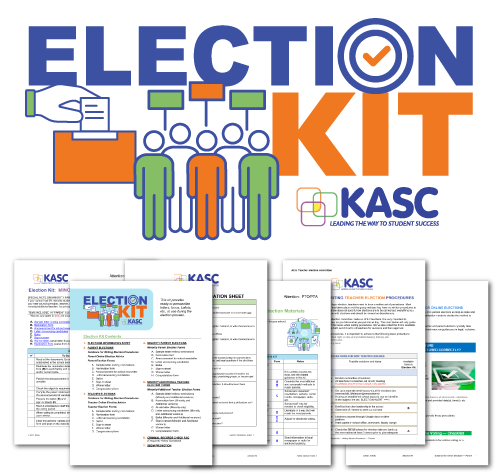SCAAC recommends changes to proposed weights in Kentucky's accountability system

(FRANKFORT, KY) – During its Jan. 19 virtual meeting, members of the Kentucky Department of Education (KDE)'s School Curriculum, Assessment and Accountability Council (SCAAC) approved a motion to the Kentucky Board of Education (KBE) that would adjust the recommended weights in the state’s accountability system.
Leadership from the department met with the council to seek feedback on changes to Kentucky’s accountability system resulting from Senate Bill (SB) 158 (2020).
The bill amends KRS 158.6455 to create an accountability system that includes an annual differentiation of all public schools in the state using multiple measures that describe each district’s overall performance, along with the performances of individual schools and student demographic groups.
In the new system, performance is based on a combination of academic and school quality indicators. These indicators include results of student assessments, progress toward achieving English proficiency by limited English proficiency students, quality of school climate and safety, high school graduation rates and postsecondary readiness.
KDE has recommended an index method with weights used to combine performances on the multiple indicator measures, producing an overall school performance rating.
Currently, the recommended high school weights are 45% to state assessment results in reading and mathematics, 20% to state assessment results in science, social studies and writing, 5% to English learner progress, 4% to quality of school climate and safety, 20% to postsecondary readiness and 6% to graduation rate.
These proposed weights take into account the requirements of the federal Every Student Succeeds Act (ESSA), as well as the desires of KBE members based on previous discussions, said Jennifer Stafford, director of KDE’s Division of Assessment and Accountability Support.
ESSA requires the majority of the high school accountably weights fall between the state assessment results in reading and writing, and graduation rate.
When examining the overall accountability weights, SCAAC member Kelly Bradley, an education professor at the University of Kentucky, raised concerns with how weights were distributed at the high school level.
Bradley felt that by only placing 20% of the weight on state assessment results in science, social studies and writing, these subjects appear to be devalued.
“There is value in weights,” she said. “What I’m seeing here is postsecondary readiness is just as important as science, social studies and writing.”
With the ESSA requirements in place, the department had only 49% to allocate to the other four state indicators, Stafford explained.
Bradley recommended the department consider adjusting the weights of state assessment results in science, social studies and writing, and postsecondary readiness.
“If (students) are doing what they’re supposed to do in reading, math, science, social studies and writing, then they’re going to be postsecondary ready,” she said.
Echoing these concerns, SCAAC Chair Nathan Bruins suggested possibly raising the weight of state assessment results in science, social studies and writing to 30%, while dropping the weight of postsecondary readiness down to 10%.
SCAAC members agreed with his recommendation and approved a motion that the KBE consider adjusting the recommended weights in the accountability system.
In other business, the council agreed to the following KDE recommendations:
- A 5 x 5 color-coded table that would help combine status and change. The colors represented on the table would be red, orange, yellow, green and blue, with red representing schools in the bottom levels of performance on each indicator that blends status and change, and blue representing schools with the highest designation;
- Include federally allowed factors of age upon entry to U.S. schools, degree of English language proficiency and degree of interrupted schooling of English learners into the English Learner Progress indicator of the state’s accountability system; and
- Setting the minimum number of students needed for inclusion of school indicators and to form a student demographic group. For accountability, members agreed the minimum number should be 30 students per school. As for reporting on the School Report Card, members said the minimum number should remain at 10 students per grade.


